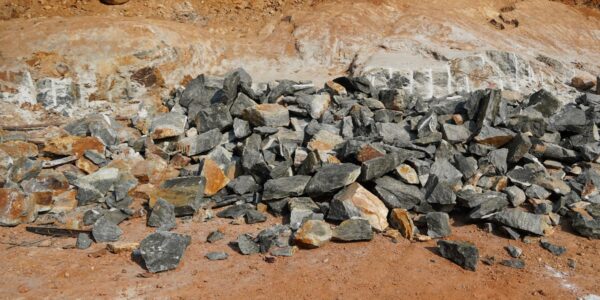According to Adamas Intelligence, a Canada-based critical minerals and metals consultancy firm, demand for lithium is set to surge by 26% in 2025, driven by an anticipated rise in demand in the EV market from this year and beyond.
By Ryan Chigoche
This development follows the lacklustre performance of the global electric vehicle industry in 2024, which negatively impacted lithium demand during the period, despite the industry experiencing rapid growth in prior years.
While the EV market in the Asia-Pacific region performed well, sales growth in the Americas slowed substantially, and in Europe, it reversed, resulting in a significant slowdown in lithium demand growth. Simultaneously, the flood of new supply in recent years, which producers in Australia and elsewhere are only now fully coming to grips with, caused lithium prices to languish at levels roughly 80% below their peak.
However, Adamas Intelligence, a Toronto-based battery metals and EV consultancy anticipates an increase in lithium demand in 2025, driven by EV sales in Asia as well as a rebound in European and American markets.
“Overall, we expect global lithium demand to increase by 26% to 1.46 million tonnes in 2025 on a lithium carbonate equivalent (LCE) basis, up from an estimated 1.15 million tonnes last year. We expect Asia-Pacific, led by China, where EVs now represent more than half of all vehicle sales, to continue driving the global EV market in 2025 and beyond,” Adamas said.
“We’re also optimistic about prospects for a reacceleration of EV sales in the Americas and Europe, although the introduction of trade restrictions by the EU on made-in-China cars and the incoming Trump administration’s plans for broad trade tariffs and a rollback of climate goals are wildcards,” the consultancy firm added.
With battery material costs lower across the board, greater affordability should also support the market next year.
In 2025, Tesla aims to increase EV production by 500,000 units for the year with the release of its much-anticipated low-cost passenger car, which will be followed later by its much-touted robotaxi.
In Europe, automakers are set to face stricter CO2 standards and targets from next year, the first incremental change since 2021, spurring the expansion of more affordable mass-market EV offerings on the continent.
However, the Chinese EV market will remain the number one driver of lithium demand and should receive a boost in 2025, not only through Beijing’s broader economic stimulus program but also through ongoing incentives for Chinese buyers to switch from gasoline-powered cars.
To capitalize on the anticipated surge in lithium demand, the lithium sector in Zimbabwe expects $380 million in capital investments in 2025. Bikita Minerals is set to invest $100 million in smelters, which will boost smelting production levels by 95%. This investment is part of a larger plan by the company to invest $500 million in a lithium smelter, a key component of its long-term growth and competitiveness in the lithium market, even amid softening prices.
In addition to Bikita Minerals’ efforts, Sandawana Mines is expected to invest $280 million in a lithium concentrate processing plant, scheduled for completion by March 2026. This project is set to double production, reaching 500,000 tonnes of concentrate.
Adding to the immediate supply in the market, China, the second-largest holder of lithium reserves globally (behind Chile), recently announced a sharp increase in its own reserves, now accounting for 16.5% of the world’s total, up from just 6%.
.png)




